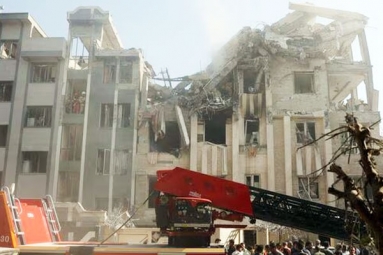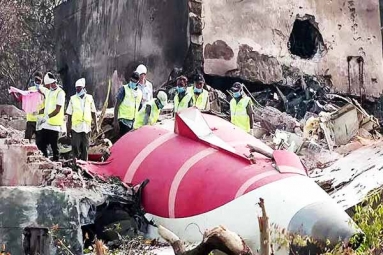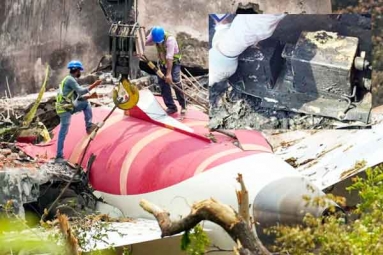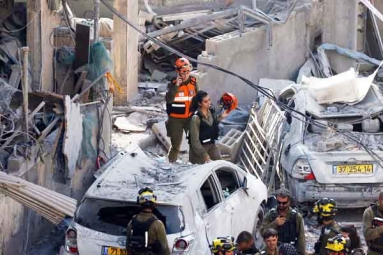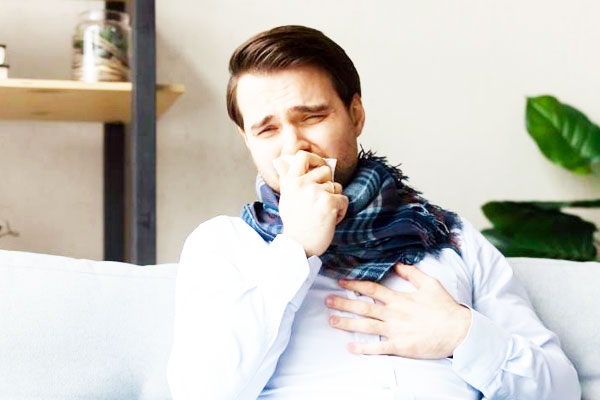
(Image source from: Canva.com)
The air quality in Delhi has been consistently in the 'severe-plus' range for the past few days, affecting both healthy individuals and those with pre-existing health conditions. This crisis has led to an increase in patients with respiratory issues linked to the severe air pollution in the city. There has also been a rise in cases of "walking pneumonia", a less severe form of pneumonia that does not typically require bed rest or hospitalization. Walking pneumonia is usually caused by a common bacteria called Mycoplasma pneumonia and can range from mild to severe. It is often diagnosed through a physical exam or an X-ray and has flu-like symptoms, including fever, sore throat, and cough, as well as some mild breathing difficulties that last longer than a typical respiratory infection. Walking pneumonia can spread when an infected person coughs or sneezes, and someone else inhales the respiratory droplets.
The city of Delhi faced another day of heavy pollution, with a thin layer of haze and smog covering the area. The air quality index (AQI) showed some improvement but remained in the "very poor" range, with fine particulate matter (PM2.5) being the primary pollutant, according to the Central Pollution Control Board. A thick, toxic blend of smoke and fog has been enveloping Delhi and the National Capital Region for several days. Earlier this week, the AQI had reached the "severe-plus" category, prompting authorities to switch schools to online classes and implement strict pollution control measures. The AQI ranges from good (0-50) to severe-plus (above 450), and Delhi, along with its surrounding areas home to about 70 million people, consistently tops global rankings for air pollution during the winter months, as cold air traps dust, emissions, and smoke from illegal stubble burning by farmers in neighboring states.





